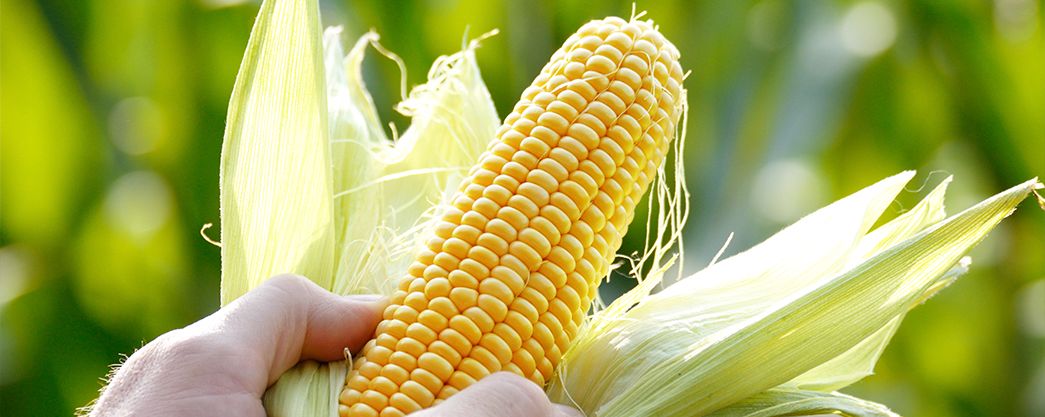
- Commodities
Corn prices near three-year low
Do you want to know how to make money from this?
Register for free and get expert advice, access to a training course and webinars.
Key points:
- Corn prices fall after harvest, remaining close to a three-year low.
- Farmers are in no hurry to sell corn due to uncertainty about future prices.
- Some buyers offer premiums for immediate deliveries to encourage sales.
Despite the end of the current season’s corn harvest, marred by low prices, many farmers in the crop’s top producing country remain reluctant to strike deals with buyers. At the same time, there are no prerequisites for price increases.
Grain reserves are at sufficient levels, and forecasts for early spring crops are very optimistic. Corn prices have been on a decline since the harvest ended, now hovering just above the low recorded in February this year, which was the lowest in three years.
Large supply on the market
An interview with 15 grain farmers in the US Midwest found that more grain than usual has gone unsold this year. The U.S. Department of Agriculture projects that by September 2025, the nation’s corn inventories will reach a six-year high.
Uncertainty about when and to what extent farmers will begin to sell off their inventory could lead to volatility in grain prices in both the spot and futures markets. Farmers risk missing out on selling opportunities as the influx of freshly harvested grain in October and November this year is expected to push prices down.
At the same time, buyers, aware of the approaching harvest, still need sufficient stocks to ensure smooth operation of processing plants and export supplies during the summer months.
How are farmers trying to solve the problem of falling prices?
Farmers and traders took a wait-and-see approach to the corn market, awaiting developments.
This spring, many farmers sold only enough grain to cover short-term financial needs. Some of them hope that unfavorable weather conditions in the summer will lead to higher prices, but there are no guarantees of this.
Some farmers manage to negotiate with suppliers of seeds and chemicals to reduce penalties for late payments, which allowed them to save their harvest. Others use the futures market to hedge the risk of further price declines.
Commercial buyers, on the contrary, expect corn prices to fall in the summer due to market glut, analysts predict.
The USDA will release information on the amount of corn stored on farms in its quarterly inventory report on June 28. According to the agency, as of March 1, 2024, US farm corn inventories amounted to just over 5 billion bushels, which is the second highest level on record for that date. These stocks accounted for 60.85% of total US corn, the highest level since 2005.
Some buyers are trying to incentivize farmers to sell grain by offering price premiums for immediate supplies to meet short-term needs. However, after such orders are completed, prices are reduced.
For example, Archer-Daniels-Midland on Friday offered farmers a 7-cent premium per bushel of corn. At the ADM plant in Cedar Rapids, Iowa, the premium is 15 cents.
It is worth noting that even such a small premium of a few cents per bushel can add up to thousands of dollars per grain transaction.
Do you want to know
How to make money from the news
Register for free and get:
- Expert consultation;
- Access to the training course;
- Opportunity to participate in webinars

